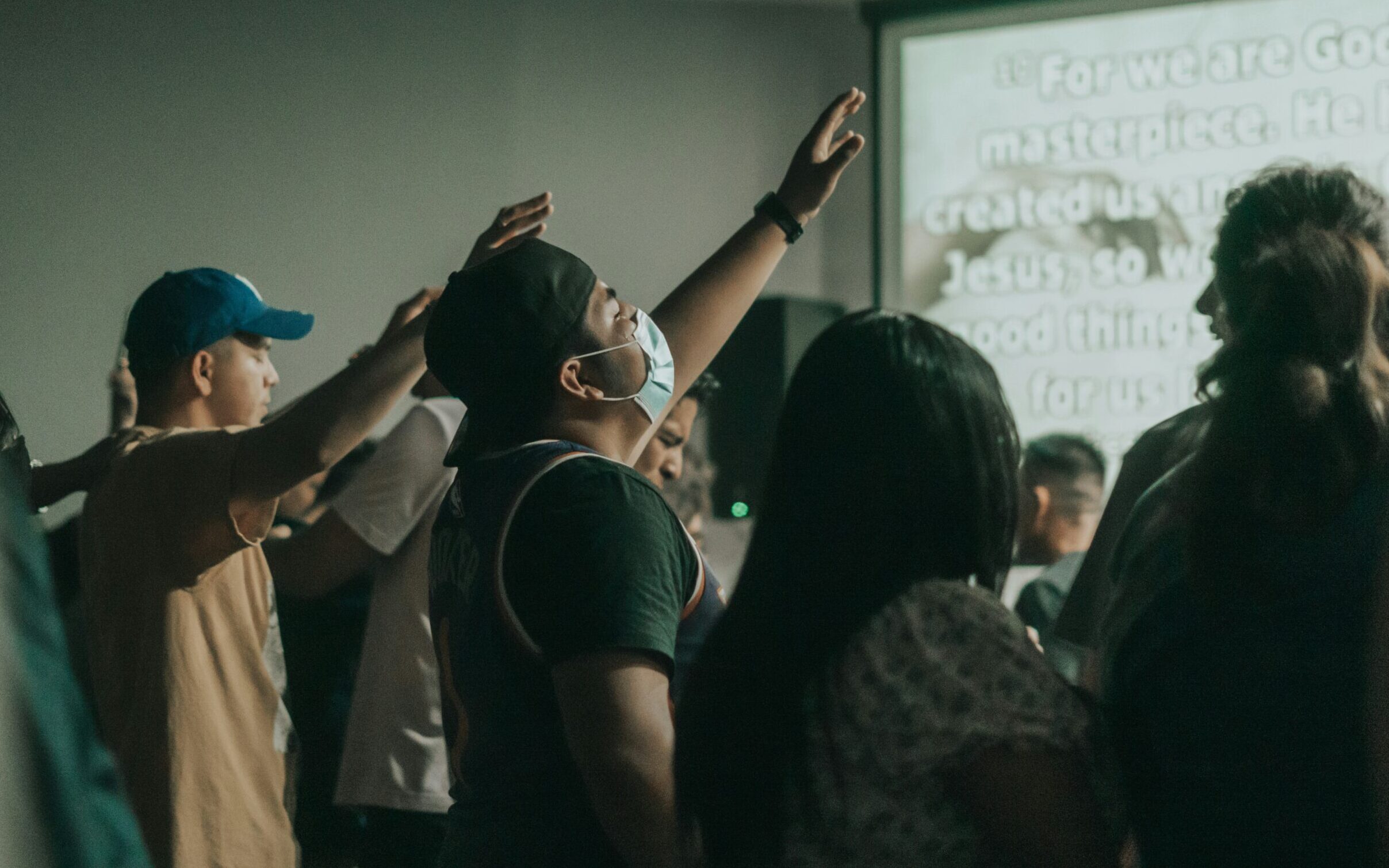Education against Fake News
By Donna T. Darantinao
HAPI Scholar | HAPI-Dumaguete
 Diving into the internet age has been dizzying for humanity, especially with how easy it is to access all the information we need at school, at work, or at home. Indeed, this has been a major evolution from the era when information, especially news stories, must be purchased physically and passed on by word of mouth. Word of mouth is unreliable because passed-on information could easily be muddled by the messenger’s interpretation. To some extent, this worry has been solved by technology and the world is all the better for a more convenient way of finding information from verified sources.
Diving into the internet age has been dizzying for humanity, especially with how easy it is to access all the information we need at school, at work, or at home. Indeed, this has been a major evolution from the era when information, especially news stories, must be purchased physically and passed on by word of mouth. Word of mouth is unreliable because passed-on information could easily be muddled by the messenger’s interpretation. To some extent, this worry has been solved by technology and the world is all the better for a more convenient way of finding information from verified sources.
But with the pros of all these advancements made by people, come the cons. Try and search for correct information online these days and it is almost impossible not to come across fake news or misinformation intended to stir up, agitate, or make fun of people. These are present throughout the world and have become a serious issue in the Philippines, where millions of citizens are registered on various social media sites (SNS) in which these kinds of information breed and multiply. Where SNS are supposed to be platforms wherein ordinary citizens can have a voice, some users are now in doubt if the accounts they meet are even real, or if the stories they share are true or not.
This being a grave issue in the country, education is the most important tool to battle the peddling of misinformation… but only to a point, as even educated Filipino professionals have been known to share or peddle misinformation through social media. It is especially baffling for students when their own teachers and mentors do this.
education is the most important tool to battle misinformation
 In an article published by the University of the Philippines, Associate Professor Danilo Arao from the Journalism Department of the College of Mass Communication states that because of the consistent efforts of individuals involved in disinformation to pass their work off as legitimate news, the identification becomes a challenge. Fake news copies how reports are done by reporters of established news media outlets.
In an article published by the University of the Philippines, Associate Professor Danilo Arao from the Journalism Department of the College of Mass Communication states that because of the consistent efforts of individuals involved in disinformation to pass their work off as legitimate news, the identification becomes a challenge. Fake news copies how reports are done by reporters of established news media outlets.
This is why it is crucial to not only teach people that peddling misinformation is harmful but to train ourselves in identifying what is verified and what is not. Since the internet is always available for us users, we can go as far as researching intensively on certain topics and pass this on to people who do not have such access. After all, who could we expect to help us in battling fake news but ourselves?









